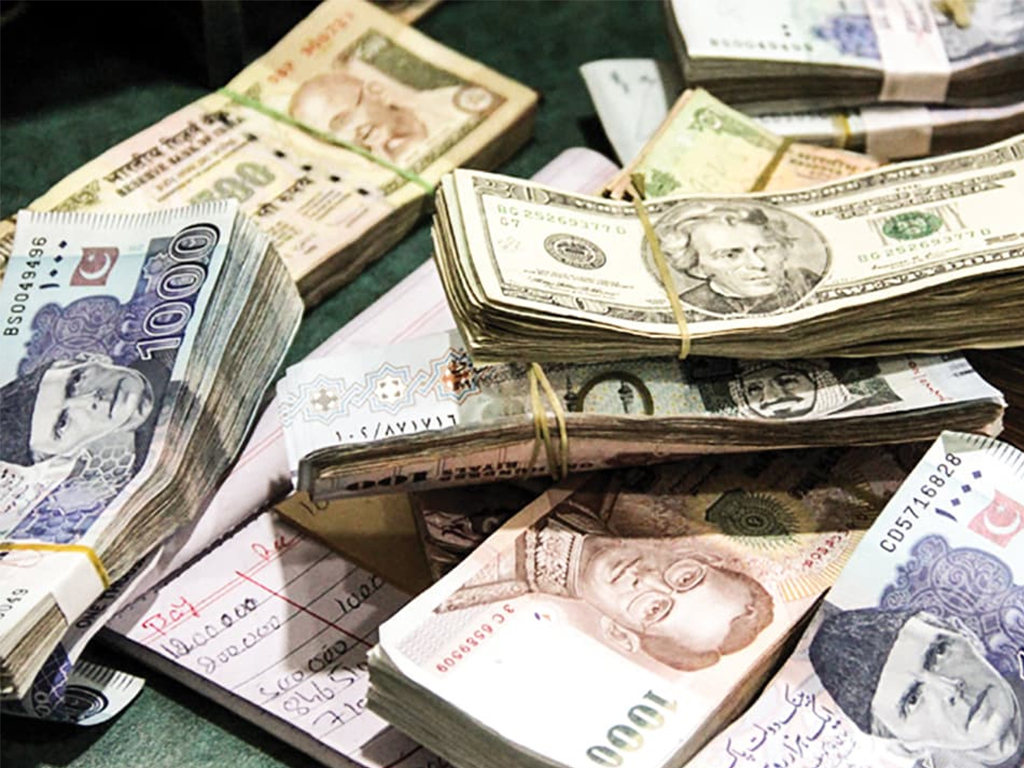As per the central bank’s latest data, remittances from overseas Pakistanis in May 2020 have posted a decline of 19 percent year-on-year. The decline could partially be explained due to a high base effect in 2019 due to increased Ramzan and pre-Eid ul Fitr inflows. But it also shows that same kind of inflows didn’t not make into the country when the holy month and the following festivities fell in the same month. Though May 2020 remittances stood 4.6 percent higher than April 2020, the year-on-year decline has mostly to do with the global employment and layoff status due to COVID-19. Moreover, growth seen in month-on-month flows for May 2020 was also because the lockdown was lifted almost completely in the country in the same month as well as in many countries around the world including key host countries.

Remittances from overseas Pakistanis have remained sturdy in all storms – environmental or financial. But it seems that the strength will wilt to what is the biggest global crisis in recent history. For many low-income countries, the destruction from COVID-19 is magnified by the loss of remittances. The latest economic survey also warns that COVID-19 will increase unemployment and poverty globally regardless of the policy responses, which will lead to decline in remittance growth globally; for Pakistan, COVID-19 threat is a doubled-edged sword that will impact trade and remittances.

11MFY20 remittances witnessed growth of 2.7 percent, but the Economic Survey 2019-20 points out that the risk of a fall in remittances going forward is tremendous as there is not only a risk of decrease in workers’ remittances in the future but also more influx of returning migrant workers due to job losses, which will increase the challenge. Plus, a prolonged decline in crude oil prices could worsen the already debilitating demand for labor in key host countries that are also grappling with the pandemic. It can be seen that remittance from Saudi Arabia and all other GCC countries declined in May 2020. All the growth came from increase in remittances from USA.

The future is precarious; and remittances are no exception. The federal government has allocated Rs25 billion under various initiatives to improve foreign remittances through banking channels and build up foreign exchange reserves. Though PRI’s initiatives have borne fruits previously, the time calls for innovative and out-of-the-box solutions to support remittance flows. A lot depends on what is approved as well as how it gets used.

























Comments
Comments are closed.